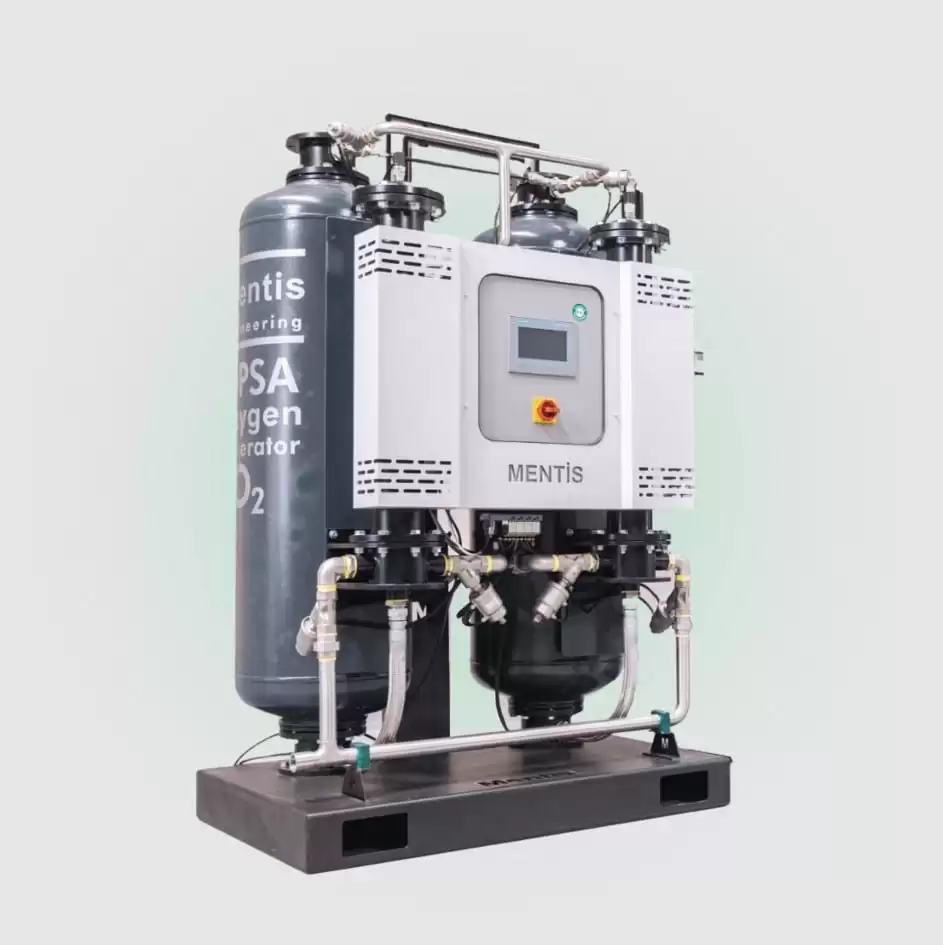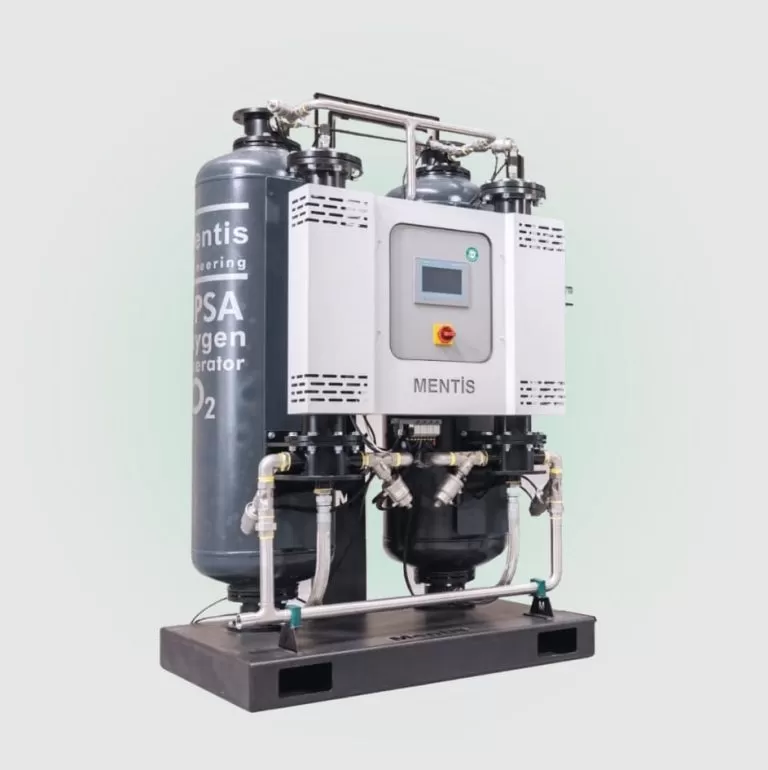Oxygen Cylinder Filling Station
It’s important to note that the operation of an Oxygen Cylinder Filling Station Service Provider, especially for medical o2, must adhere to strict safety and quality standards to ensure the safety and well-being of users. Additionally, regulations and guidelines governing the operation of such facilities may vary by region and are typically overseen by relevant government agencies or industry bodies.

Oxygen Cylinder Filling Station Service Provider
Here are the key components and processes typically involved in an oxygen cylinder filling station:
Oxygen Storage Tanks: Oxygen Cylinder Filling Station Service Provider is stored in bulk quantities in large storage tanks, often referred to as cryogenic tanks or oxygen reservoirs. These tanks are designed to store oxygen in its liquid form at very low temperatures.
Compression and Purification: The process begins by taking oxygen from the storage tanks and passing it through a series of compressors and purifiers. This step removes impurities, moisture, and other gases, ensuring that the oxygen is of high purity and safe for its intended use.
Filling Stations: oxygen Cylinder Filling Station Service brought for refilling are connected to specialized filling stations. These stations are equipped with valves, gauges, and safety features to control the filling process.
Filling Process: During the filling process, oxygen from the storage tanks is transferred into the empty cylinders. Pressure and volume are closely monitored to ensure the cylinders are filled to the desired level.
Quality Control: Quality control measures are in place to verify the purity and pressure of the oxygen being filled into the cylinders. This ensures that the oxygen meets the required specifications for medical or industrial use.
Safety Features: Oxygen Cylinder Filling Station Service Provider are equipped with safety systems to prevent overfilling, leaks, and other potential hazards. These include relief valves, pressure sensors, and emergency shutdown mechanisms.
Cylinder Inspection: Cylinders brought for refilling are typically inspected for damage and safety. Damaged cylinders are not filled and may be tagged for repair or disposal.

